Tyre check
-
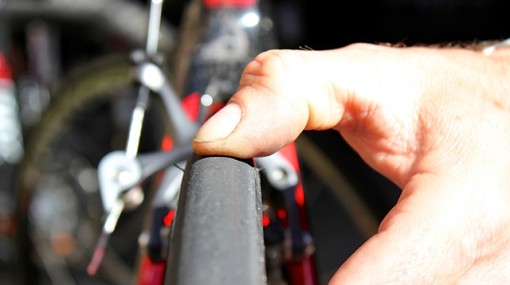
The simplest checks of tyres, brakes, bolts, gears, and cables can lead to a hassle-free ride
-
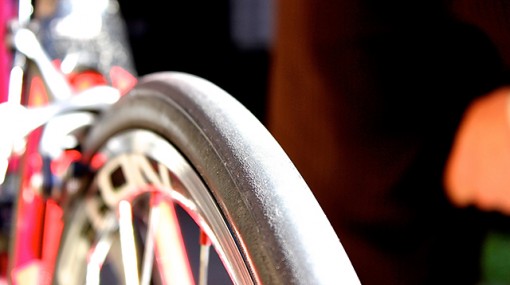
A quick pre-ride check of your tyres' rolling surface and sidewalls can prevent a much longer inspection at the road side.
-
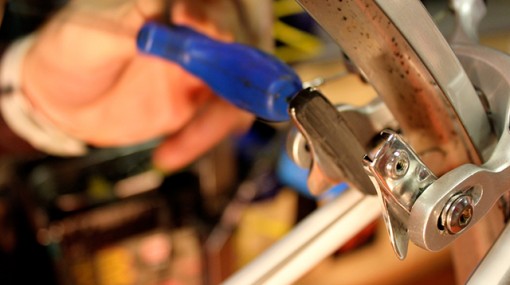
Removing debris from the surface of brake pads can provide more efficient braking and prevent unnecessary scarring to the brake track
-
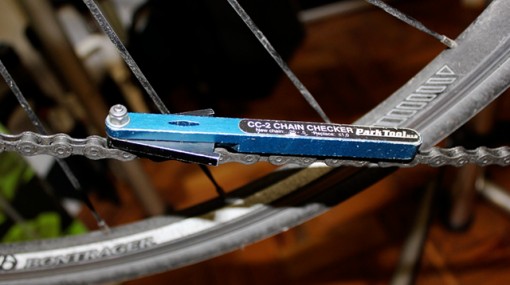
The trusty chain checker measures the degree to which a chain links has stretched
-
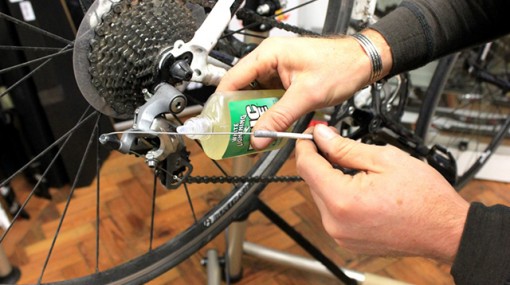
Applying a layer of cable lubricant to the inner will allow it to move freely inside the outer. Silicone lubricant on exposed sections will help prevent corrosion
-
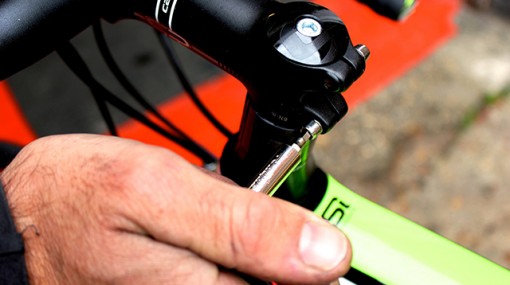
The consequences of a loose stem bolt could be catastrophic. A quick tighten can easily be incorporated in a routine of pre-ride checks
Tyre check
Digital tyre pressure gauges are inexpensive, and a useful device to own. In their absence, most track pumps are fitted with a pressure gauge and attaching the hose to the valve should provide an accurate reading. Tyre pressure can be affected by a number of variables, including rider weight (typically, higher pressures for heavier riders), weather conditions (reduced for slippery and debris-strewn winter roads, as a rule of thumb), and construction (our recent experience inclines us to believe the hype about the ability to run tubeless tyres at lower pressures).
When you’re happy the pressures are correct (typically, anything between 80psi and 120psi) check the condition of the rubber. Remove any surface debris by spinning the wheel and lightly applying a gloved hand. Inspect the sidewalls and rolling surface for cuts and nics, which can frequently provide early warning of trouble ahead. And remember: any tyre issue is easier to resolve at home with a workstand, track pump, and spares to hand, than at the side of the road.





